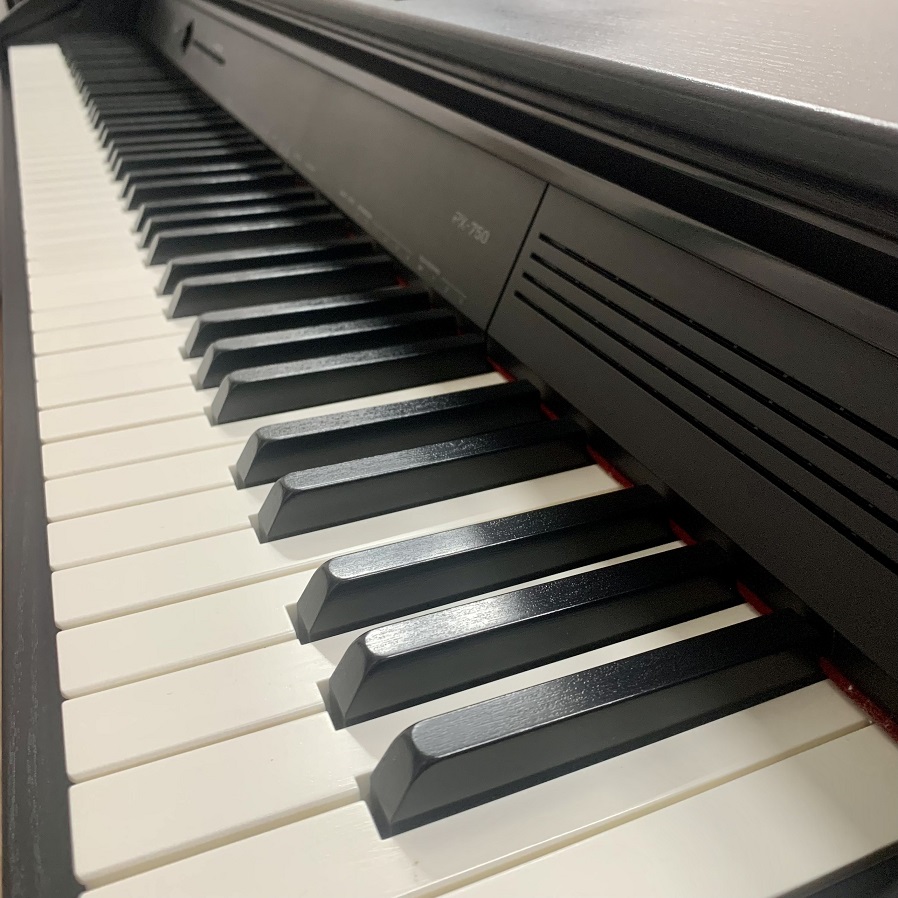
I hope this dispells any myths regarding CSS and compatibility. BTW can you actually define "Cascading Style Sheets" word by word? If you have Netscape 4, Lynx or even IE 1, I guarantee you the page will still look great. In fact pixel perfectly, an advantage of CSS. Guess what, after I got that far, I just asked some people if it worked in Safari, Camino, IE:mac etc. It is much more logical and I wrote it much faster than if I had to use a visual tool and debugged in a hundred browsers. If I tried to write a tables based version by hand I would of died. I did this by hand in Notepad on a PC (yeah I am stuck with one for a few more weeks).
Freeway pro px update#
No more are the days where you have to continually update your code for new browsers.ĭon't believe me? As a side project I decided to rewrite in CSS and XHTML (). If you keep your code clean you are guaranteed that your site's content will be available in older browsers and that it will continue to work in future browsers. Lynx users, screenreaders, PDA users (increasing) are all shut out of inaccessible web sites. What are these going to look like when Google tries to search your page? You know it docks points for inaccessible sites.


If you insert unnecessary break returns single 1x1 transparent pixels, nbsps etc. You shouldn't use break returns as a form of margins. For instance you shouldn't use a blockquote element to indent text. The idea is to separate content from presentation.

while it is true you could use divs and layers to make a webpage in CSS it would just be better to use a HTML/CSS mix as most browsers show it incorrectly. It was made to be a powerful text formatter, not a text placer. Originally posted by King Bob On The Cob:


 0 kommentar(er)
0 kommentar(er)
